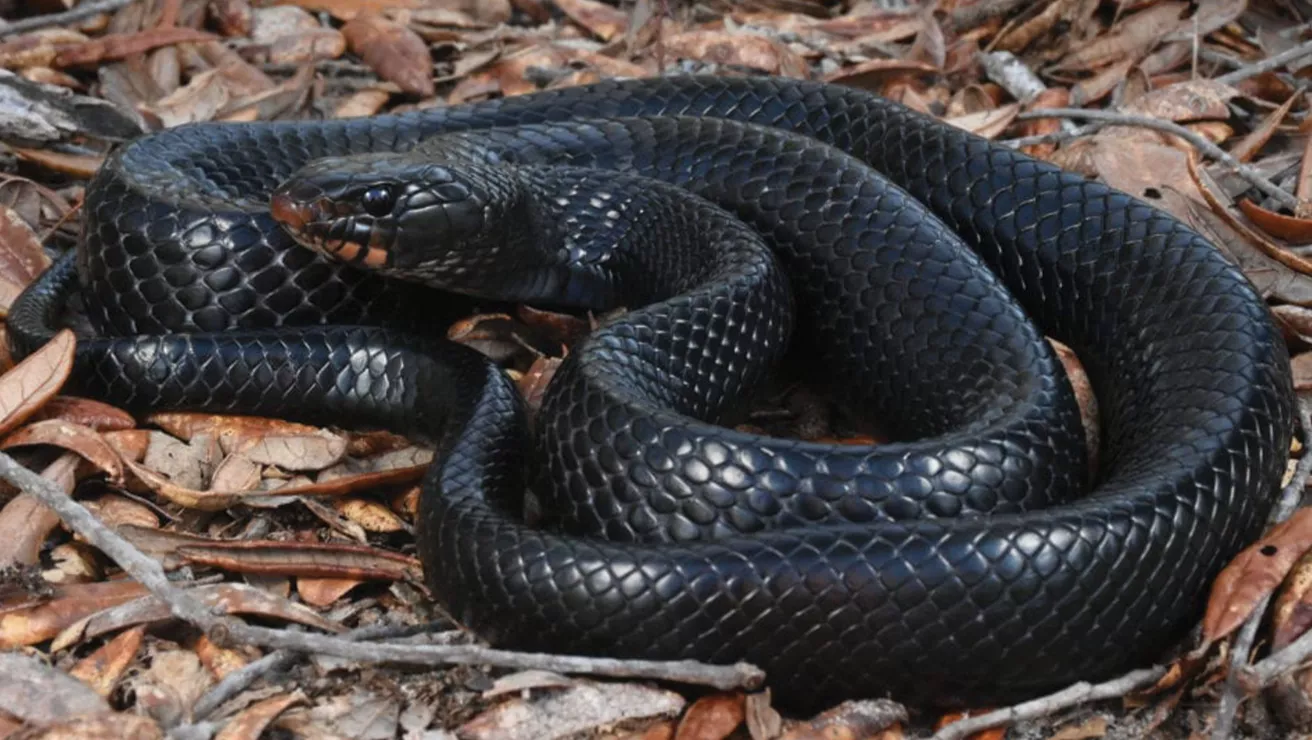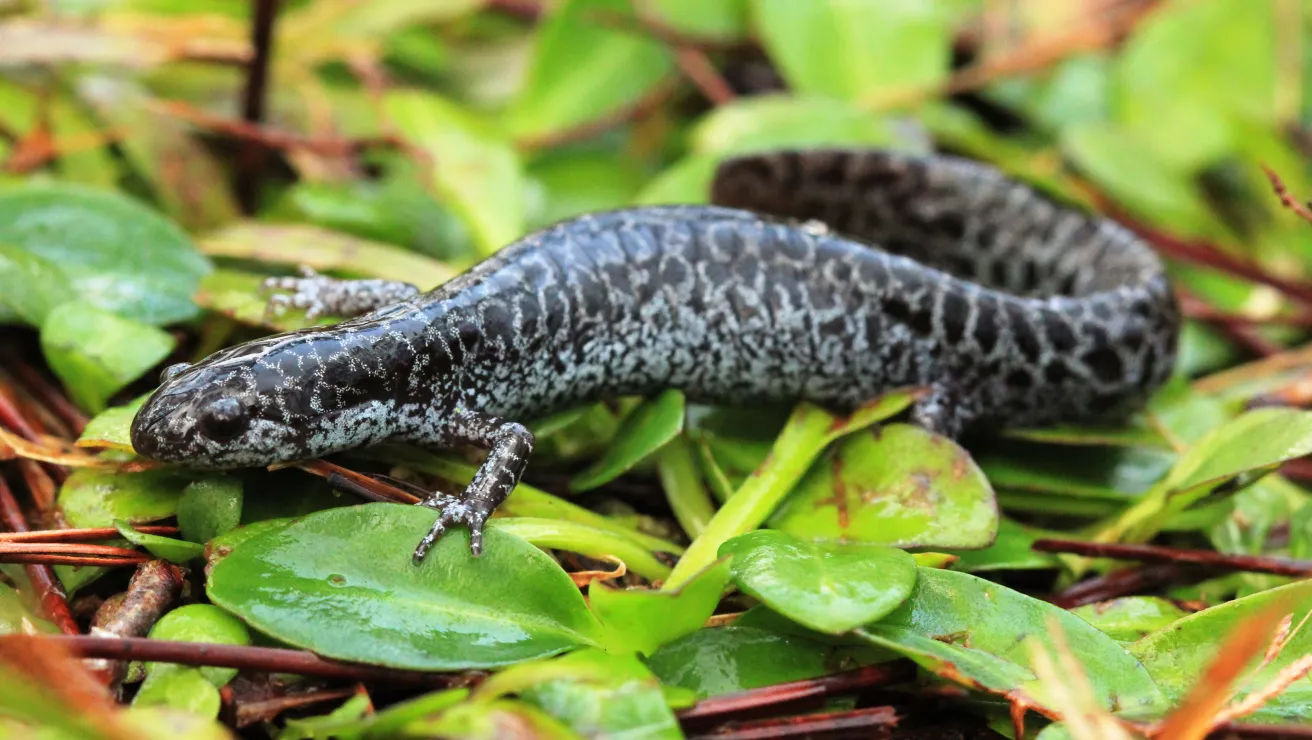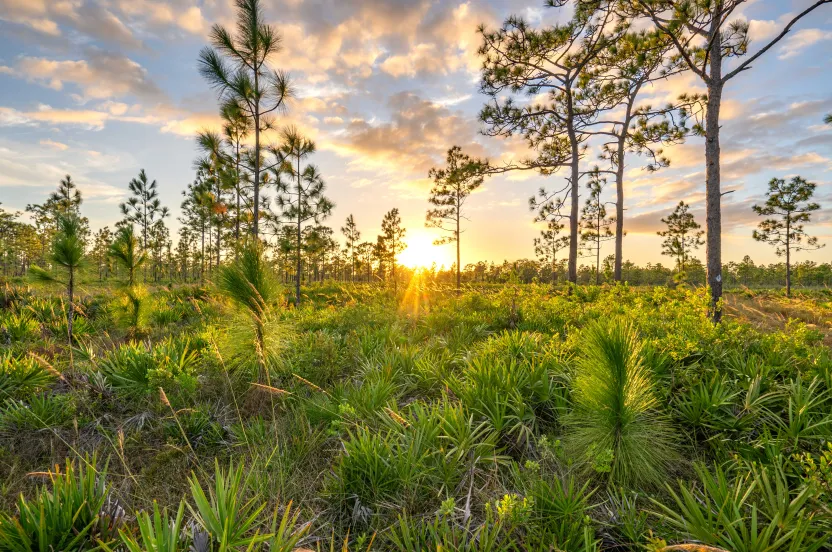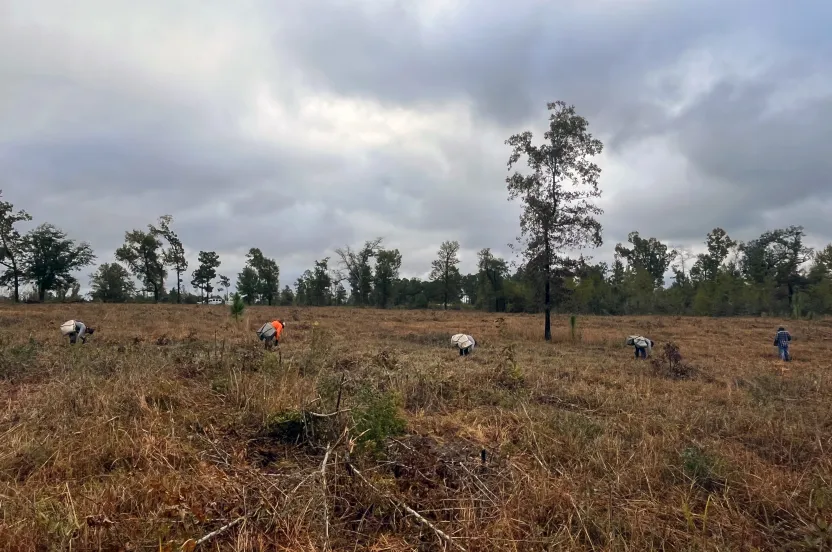Now live: The 2025 Canopy Report. Learn how Americans see trees. GET THE REPORT
Meet the Menagerie of Wildlife Amid the Pines
Take a peek into the longleaf pine forest to see which animals thrive there.
January 30, 2024

Healthy longleaf pine forests contain a dazzling array of life — countless rare species all living in harmony.
In fact, this forest type that once covered more than 90 million acres of the American Southeast is one of the most biologically diverse habitats in North America.
Unfortunately, many of these animals are struggling due to a lack of forest habitat. Though once a dominant part of the landscape, less than 10% of the original longleaf pine forest cover remains. Pockets of tree stands are scattered across public and private lands. That’s why the Arbor Day Foundation is partnering with several state and nonprofit organizations to help restore the longleaf pine ecosystem and support the rich biodiversity of the American Southeast.
Meet the wildlife
Would you like to meet some of the animals that make their home among these trees? A few you might expect. Others may surprise you. All play an important role in the landscape.
These gentle and unassuming reptiles are prehistoric, having been around for an astounding 60 million years. They dig impressive burrows beneath the pines, an average of 6 feet deep and 15 feet long, which they then share with snakes, skunks, rabbits, mice, and all sorts of insects. Altogether, more than 350 species rely on these burrows for protection and survival, making the gopher tortoise a keystone species —an animal that plays a key role in the health of their ecosystem.
Gopher frogs are some of the rarest frogs in the southeast, and they rely on the longleaf pine ecosystem for survival. Named after the tortoise mentioned above, these frogs rely on gopher tortoises’ burrows for shelter. The small amphibians range from two to four inches long, with wide bodies and pointed noses. Their skin patterns can vary, with colors of yellow, white, brown, and tan. Throughout the southeast, many states have listed the gopher frog as either an endangered or threatened species.
Red-cockaded woodpeckers are largely black and white, with males displaying a small, red “cockade” on the side of their head. Like the gopher tortoise, they are also a keystone species. They create nesting cavities in mature pine trees that are later used by fellow birds, squirrels, skinks, frogs, spiders, and even moths for shelter. Unfortunately, these birds are endangered. Of the estimated 1.5 million birds once found throughout the region, only 15,000 remain.
Measuring an average of 7 to 9 feet in length, eastern indigo snakes are the longest in North America. Their bluish-black color takes on an iridescent purple hue in the light, and they travel as far as three miles through longleaf pine habitat looking for prey. These snakes also make use of gopher tortoise burrows, escaping cooler winter temperatures. Fortunately for humans, these snakes aren’t venomous. Unfortunately, they have been listed as a federally threatened species since 1978.
Frosted flatwoods salamanders are a tiny member of the longleaf ecosystem, measuring roughly 5 inches long. They are named for the silvery, netlike patterns on their back. These salamanders feast on insects in the forest, and they also serve as important prey for larger animals. According to the Amphibian Foundation, flatwoods salamanders have suffered a 90% reduction in population since 2000, placing them at imminent risk of extinction.
Fox squirrels are the largest tree squirrel species in North America. They are also commonly found in longleaf pine forests, their preferred habitat, living individually. Longleaf pine seeds are important to the fox squirrel’s diet, and their above-average size allows them to crack open the sizeable pine cones to get at their meal. Along with feasting on seeds, fox squirrels also eat fungi, which then passes through their digestive system and helps provide nutrients to the surrounding trees.
Bobwhite quail are an iconic species of longleaf pine forests. Named for their unique call, they are typically heard rather than seen. It’s a shame, really, as the birds have a beautiful pattern of brown, black, and buff. The males also flaunt a black-and-white-striped head. Bobwhite quail are drawn to the open canopy of healthy longleaf pine forests, relying on the grassy forest floor for foraging. They typically eat seeds, leaves, and insects.
The American Southeast in Focus
We plant trees around the world, but focus our efforts on key regions where trees can do the most good. In the American Southeast, we’re supporting efforts to restore longleaf pine and other native species at a massive scale. Since most of the land is privately owned, the Arbor Day Foundation is working with landowners and public entities alike to further reforestation efforts.










